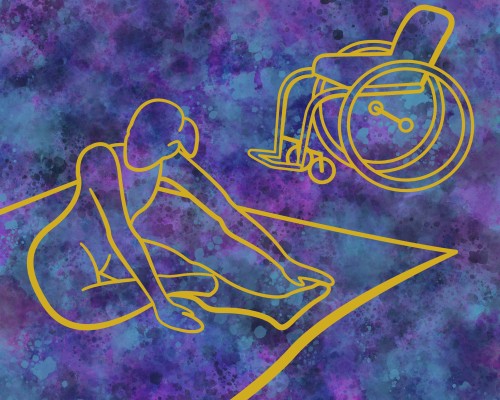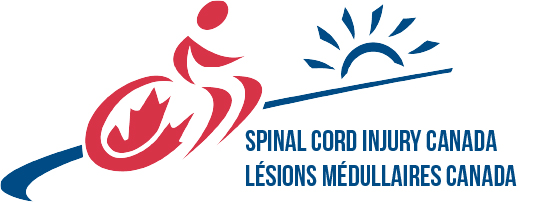Grounding Techniques (Mental Health Series Part Three)

Welcome back to this series on mental health. I am so glad you have joined me. As I mentioned in the first part of this series, I will now introduce you to grounding techniques.
Grounding techniques are quick exercises you can use to take yourself out of a state of high stress and bring yourself back to the present moment. These techniques aim to reconnect your mind and body, allowing them to work together to anchor you to the here and now.
They are particularly helpful during moments in which you feel overwhelmed or consumed by distressing thoughts or memories. For example, if you begin feeling consumed by anxiety, anger, obsessive thoughts, flashbacks, or nightmares, grounding techniques can be very useful. They are an excellent way to reduce the fight-or-flight response and quickly calm yourself.
Mindfulness and meditation are forms of grounding techniques. However, the grounding techniques I will share now are quick, simple, and effective. Similar to mindfulness, some grounding techniques will work better than others will. So, they also involve some trial and error. Therefore, it is nice to have a list of some you may try. I have included a list of grounding techniques for you below:
- ten slow deep breaths. As you breathe, focus on each breath, noticing how it feels when you breathe in and breathe out. As you exhale, count your breaths out loud.
- 5-4-3-2-1 technique.
- Before starting this technique, make sure you are in a comfortable position. Close your eyes and take a few deep breaths. Count to three as you breathe in, and count to three as you breathe out. Then, once you have done approximately three breaths in and out, open your eyes and begin the technique.
- First, look around and say five things you can see out loud.
- Second, say four things you can feel out loud. These may be what your hair feels like, what your chair feels like, or what a surface around you feels like.
- Third, say three things you can hear out loud. That may be wildlife outside, the wind, traffic, or something making constant noise in your room.
- Fourth, say two things you can smell out loud. Focus on scents that are pleasant to you.
- Fifth, say one thing you can taste out loud. Grab something or ask your caregiver to grab something you enjoy, take a small bite, and savour the flavour.
- Lastly, take one more deep breath to finish.
- Hold something or set something on your lap and really focus on it. Feel the surface of the object and observe the colours or textures of the object from all angles. You may use any object! Many people use crystals, but it could be anything from your favourite scarf to a plush toy.
- Get your adrenaline out by moving. Wheel around your space, lift weights or your arms at different angles so that you can target different muscles. Practise wheelies (if you may do so safely), put on your favourite workout video, etc.
- Grab a cold fizzy or carbonated drink, or ask your caregiver to grab it for you. Feel the coldness of the bottle, and slowly take a few drinks, focusing on the bubbles and how the drink tastes.
- Tell yourself who you are. Speak out loud and say your name. Say your age and where you are. Tell yourself what you did today and what you plan to do tomorrow. Look around your environment, notice your favourite objects and name them.
- Look around your environment and focus on an interesting object you see. Trace the outline of the object with your eyes as if you were drawing it.
Conclusion
In this blog, I have told you about some important grounding techniques. I hope you find them helpful. Please join me next time.
